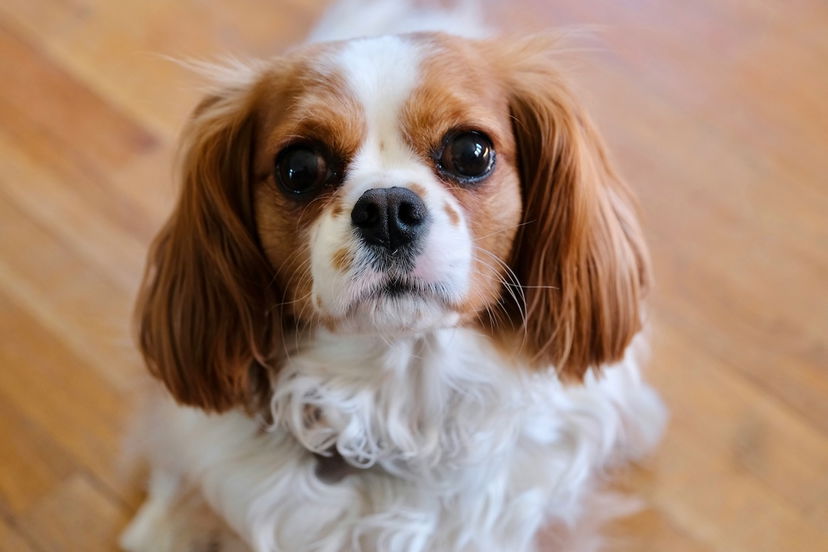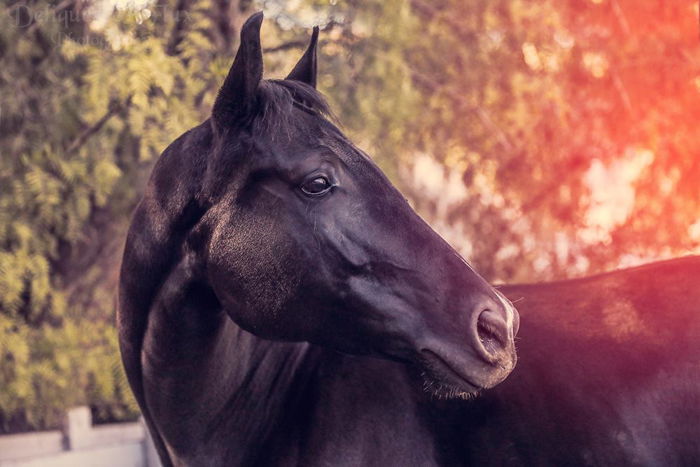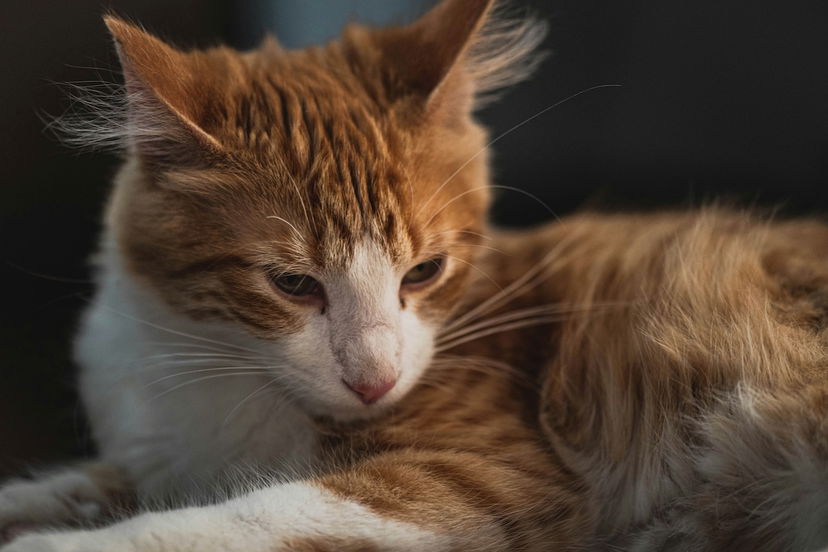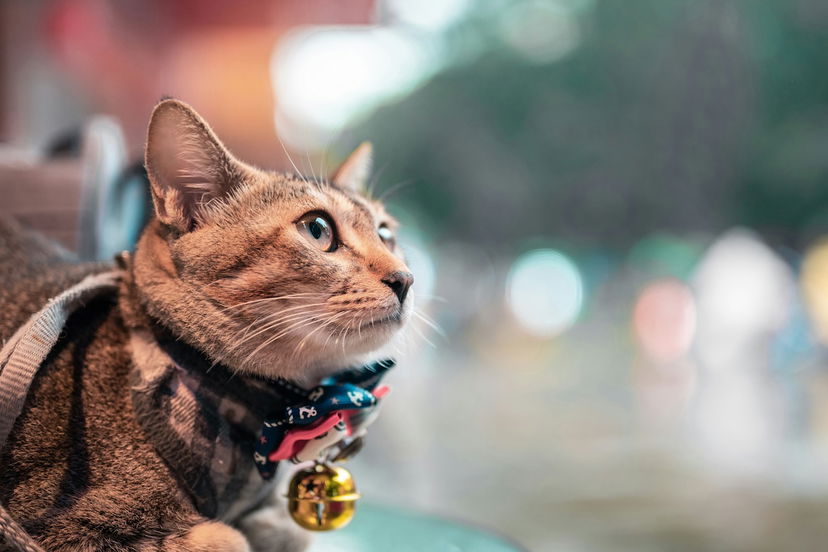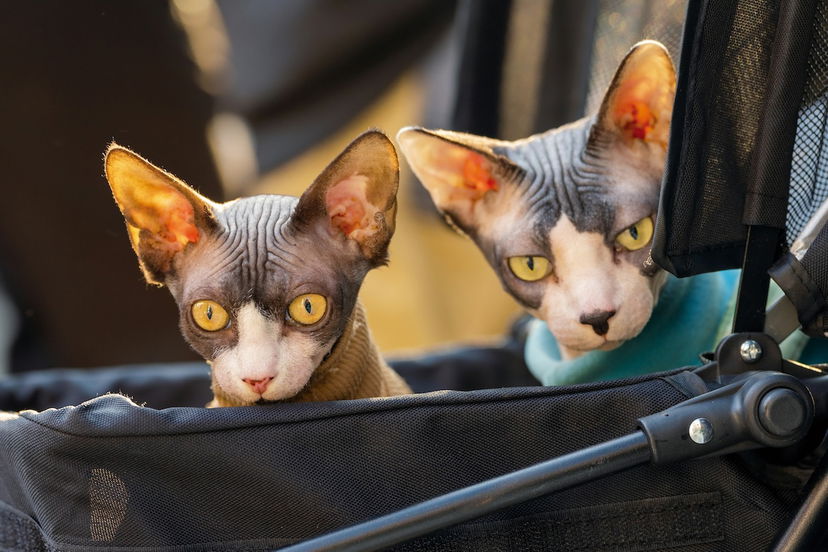7 Tips for Black Dog Photography (Dark Colored Pets)
Photographing black dogs presents unique challenges. There can be problems from managing exposure to controlling shadows and color casts. Ensuring all your pet’s details come through without overexposing your image can be difficult.
Our article explores seven tips to help solve these issues and elevate your black dog photography sessions. They will help you capture stunning images that do justice to these beautiful animals.
7 Tips for Black Dog Photography
Black dog photography can be a lot of fun, but it can also be a bit challenging. Here are seven tips to help you get the most out of your sessions with black dogs or other dark-colored pets.
1. Underexpose to Preserve Details
There is a general rule in photography for exposure. In case there is a chance of accidental overexposure, it is safer to underexpose the scene and fix it later during editing.
Bringing the details back from shadows is easier than from bright highlights. And to bring back the most details, it’s important to shoot in a RAW file format.
The same applies to photographing black dogs. Your camera’s light meter normally adjusts the exposure based on where you focus. If its focal point is a black dog, it tells the camera that the whole scene’s exposure should be based on how dark the dog’s fur is.
A camera always aims for a balanced exposure. So, it brightens up the scene to the point where it thinks the dog looks “normally” exposed. This results in a grey dog and an unnaturally overexposed background.
To get the exposure right, you must underexpose the photo. You can switch to manual mode to adjust settings or use exposure compensation.
You can also strengthen the blacks in post-production. This helps you achieve the dog’s original fur color in the photo.
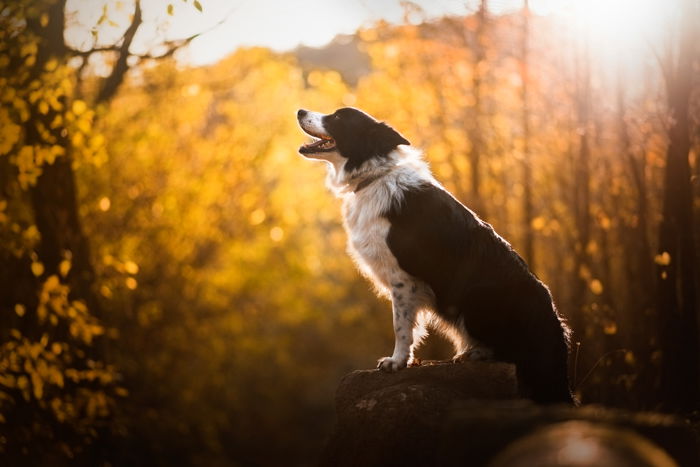
2. Avoid Direct Light to Avoid Harsh Shadows
When photographing pets, direct sunlight is often a problem. It casts unwanted harsh shadows on the pet’s face.
When photographing black dogs, you have to be extra mindful. The darker fur color means more contrast when the direct light hits. You should avoid shooting in hard light conditions unless you aim for purposefully dramatic images.

3. Choose a Dark Background to Reduce Highlights
The less contrast between the background and your subject, the easier it is for you to set the exposure value. It helps you avoid blowing out any parts of the picture. You should choose a darker background that fits the dog’s color.
Try taking a black dog portrait with a darker and lighter background. You will see the difference it makes.
In case of a bright sunny day, you often have to deal with a highlighted background. Unless you take every photo in the shadows, you will inevitably encounter a common problem. Your pet will be noticeably darker than their background.
You can fix this in post-processing by reducing highlights and brightening shadows. Again, for this reason, it is vital to shoot photos in RAW.
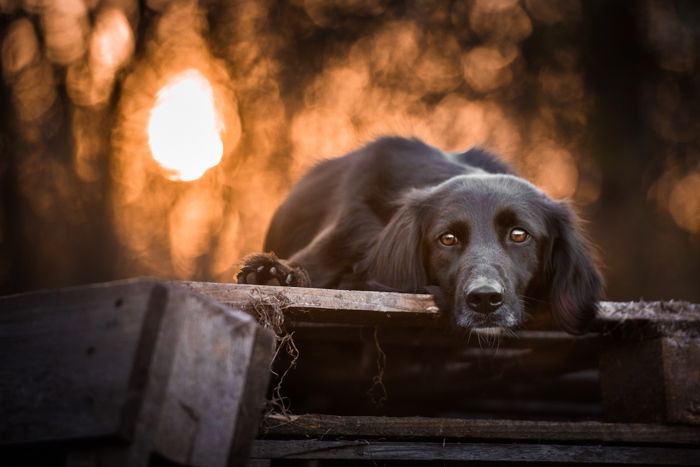
4. Use a Flash or Reflector to Illuminate a Black Dog
Black dogs are infamously hard to illuminate. And you might not be using any extra lighting apart from natural light. This can mean you end up with a portrait where the dog’s face is not visible.
You often must use a fill light to brighten a dark-colored pet’s face. This is especially true if you are working with backlight. Backlight causes your subject to be underexposed.
So, if you want to keep the details of the face, use a flash to light up the dog. But you must ensure you don’t set the flash too strong and aren’t too close to the dog. Otherwise, your pet might be startled by the sudden flash of light.
Or, you can position a reflector and bounce ambient light onto the dog’s face. The reflector’s silver side is the one that uses the most light.
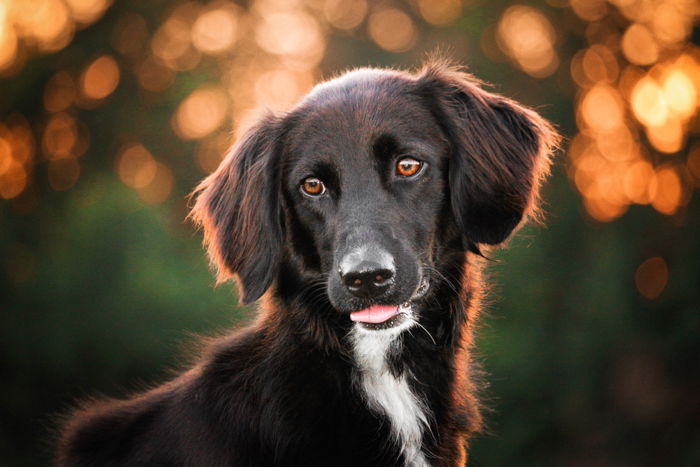
5. Remove Color Cast In Post-Processing
When taking photos of black dogs, it is often a problem that their fur “picks up” other colors. These colors are often reflected onto the dogs from their surroundings. This is called color cast. And it results in the dog having tinted—often blueish—fur.
This can be very frustrating. During a pet photoshoot, there is nothing you can do about it.
You can try moving your subject. But in nature, there are barely any surroundings with neutral colors. In the city, it’s easier because you can find a pavement or wall that doesn’t have a strong color and thus won’t affect the dog’s fur.
Luckily, color cast is simple to remove in photo editing software. In Adobe Lightroom, the easiest way to do so is by using selective saturation. You can also use an adjustment brush to remove saturation on only certain parts of the picture.
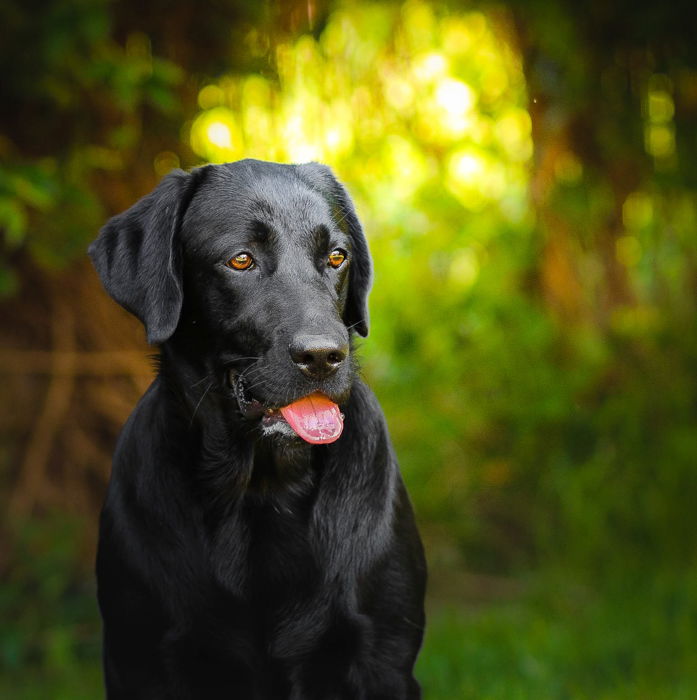
6. Use Vivid Colors to Contrast the Dark Fur
Black isn’t a color that is interesting on its own. It barely matches the surroundings and adds nothing to the photo’s atmosphere. This is why you must get a little more creative when shooting black dogs.
If you want the photo to be more vibrant, you should pick a background that showcases at least one vivid color. The easiest choice is to use green as your main color in nature.
Saturated colors balance out the monochromatic dog fur. Black fur on a colorful background also creates a contrast that is, if executed well, pleasant to look at.
You can, of course, choose to take your photos in less saturated surroundings if you aim for a darker mood. If you’re struggling to find a shooting style, we recommend experimenting with various atmospheres until you find the one that fits you best.
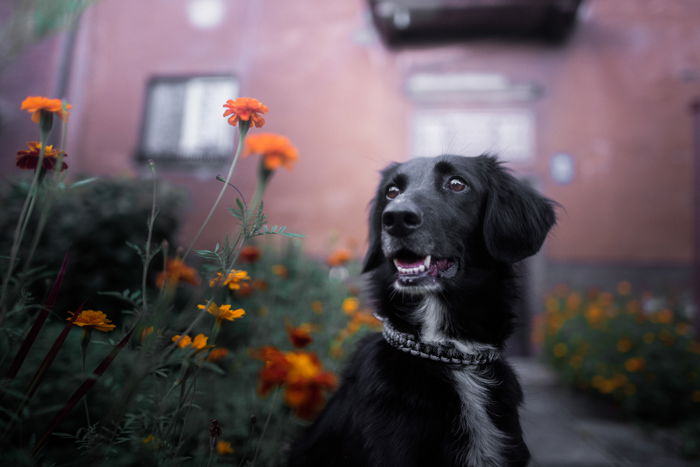
7. Create Silhouettes if Your Subject Is Backlit
Silhouettes are naturally black. It doesn’t matter what color of dog fur you’re dealing with. But shooting silhouettes with a black dog or pet has its advantages.
Since your subject is darker to start with, you don’t have to underexpose the scene as much as it would be needed with any other dog to create a silhouette. This means the sky or background keeps an exposure level closer to its natural brightness.
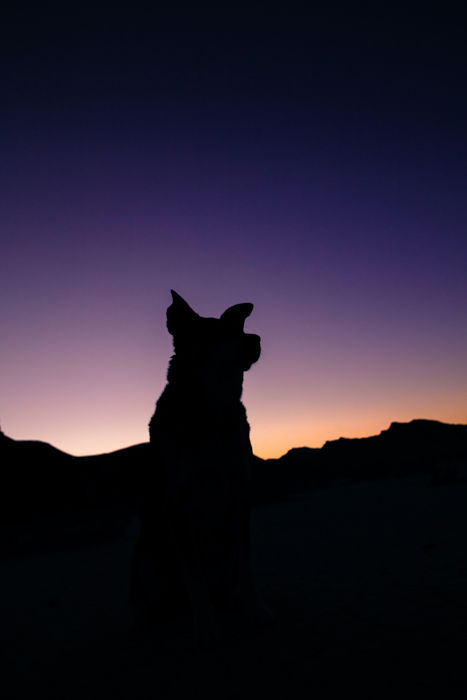
Conclusion: How to Take Good Pictures of Black Dogs
Photographing black dogs is a tricky part of pet photography when it comes to lighting and post-production. If you follow our tips, you’ll find that being mindful of your camera settings and background will save you a lot of work later.
Don’t forget that practice makes perfect. And there is no better way to practice than to go out and experiment with black dog models as much as possible!
Check out our Perfect Pawtraits eBook for more tips on taking good pictures of black dogs and pets!
